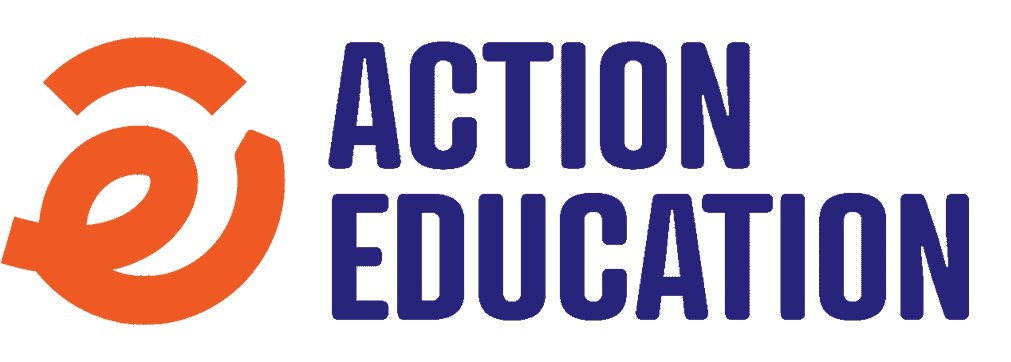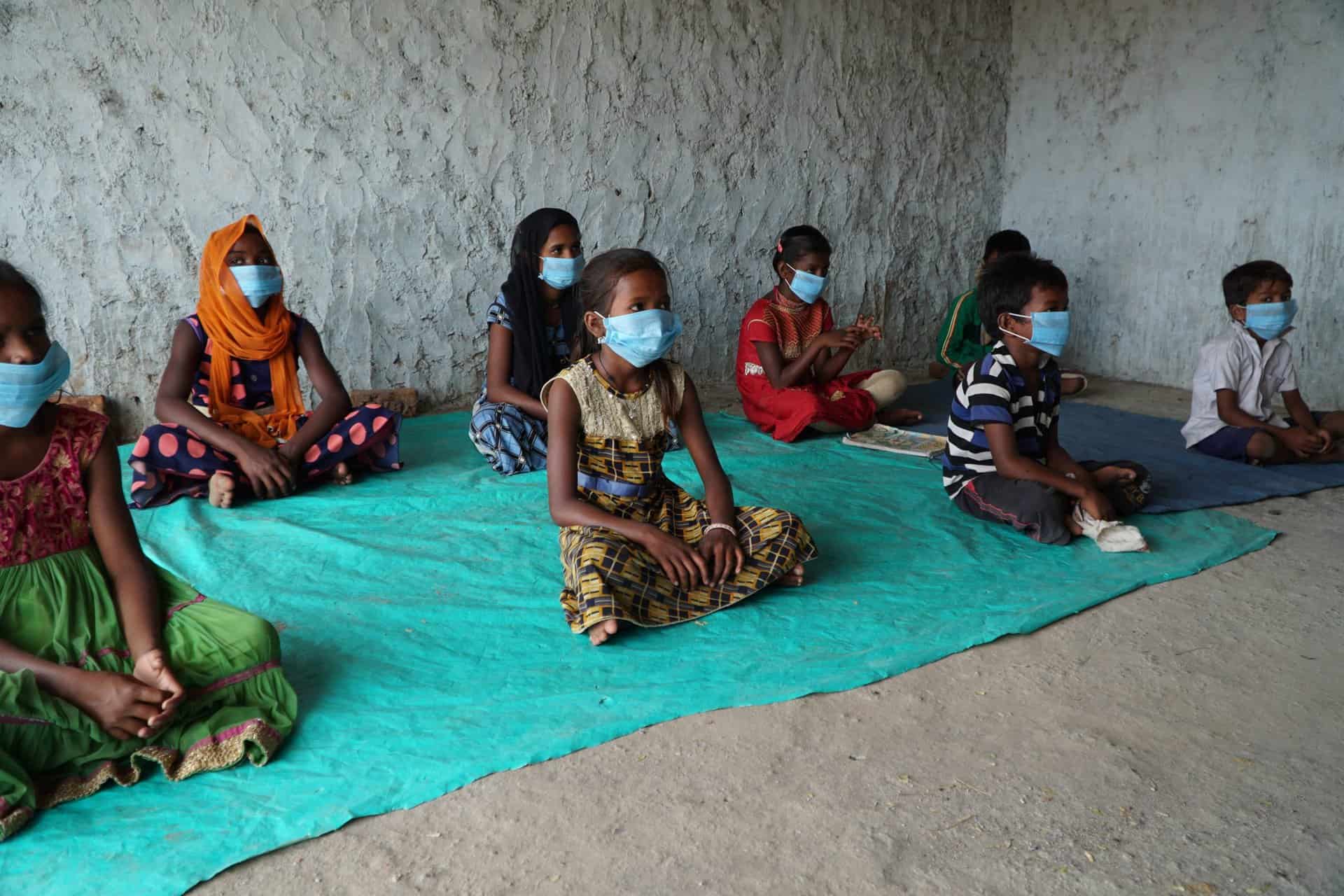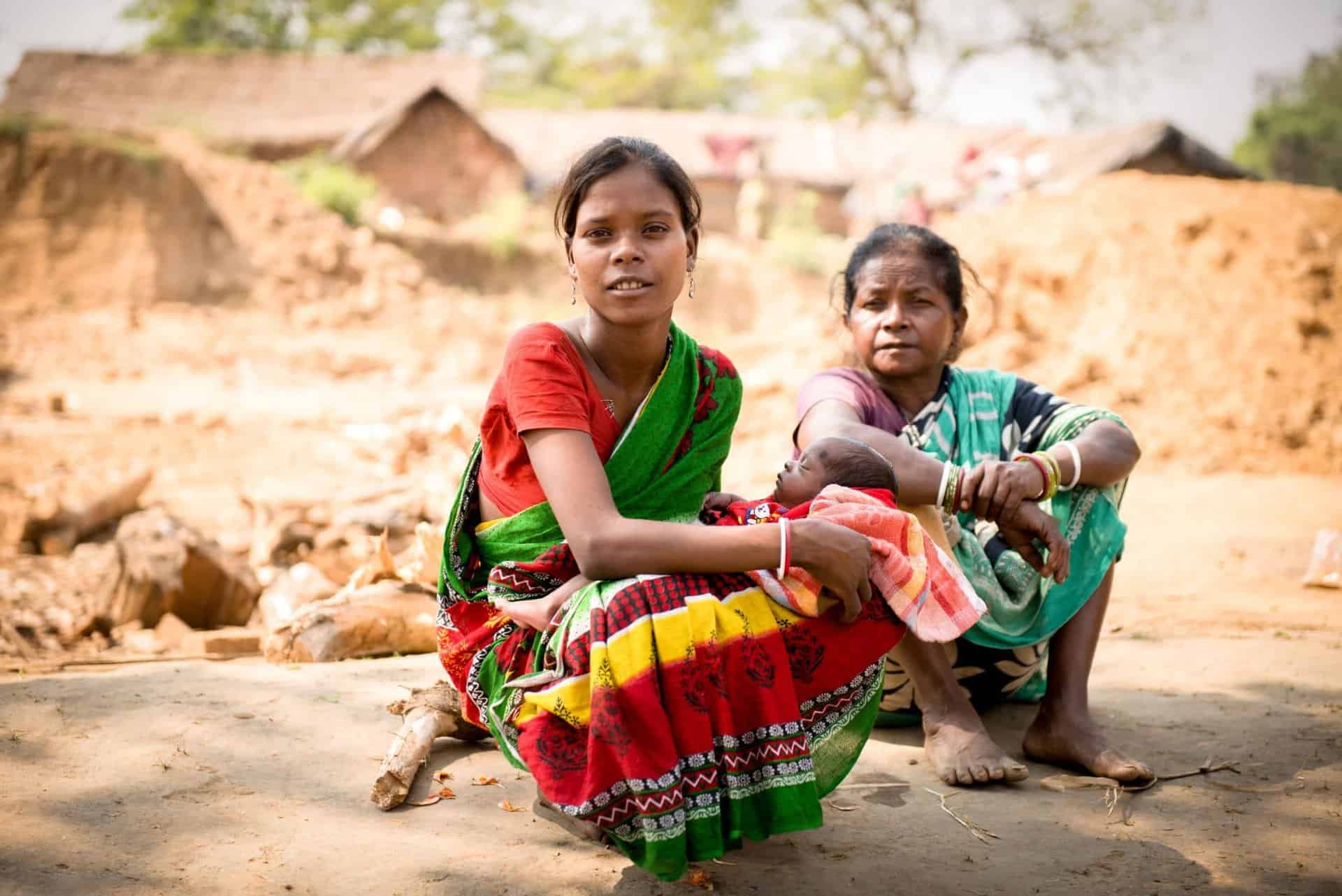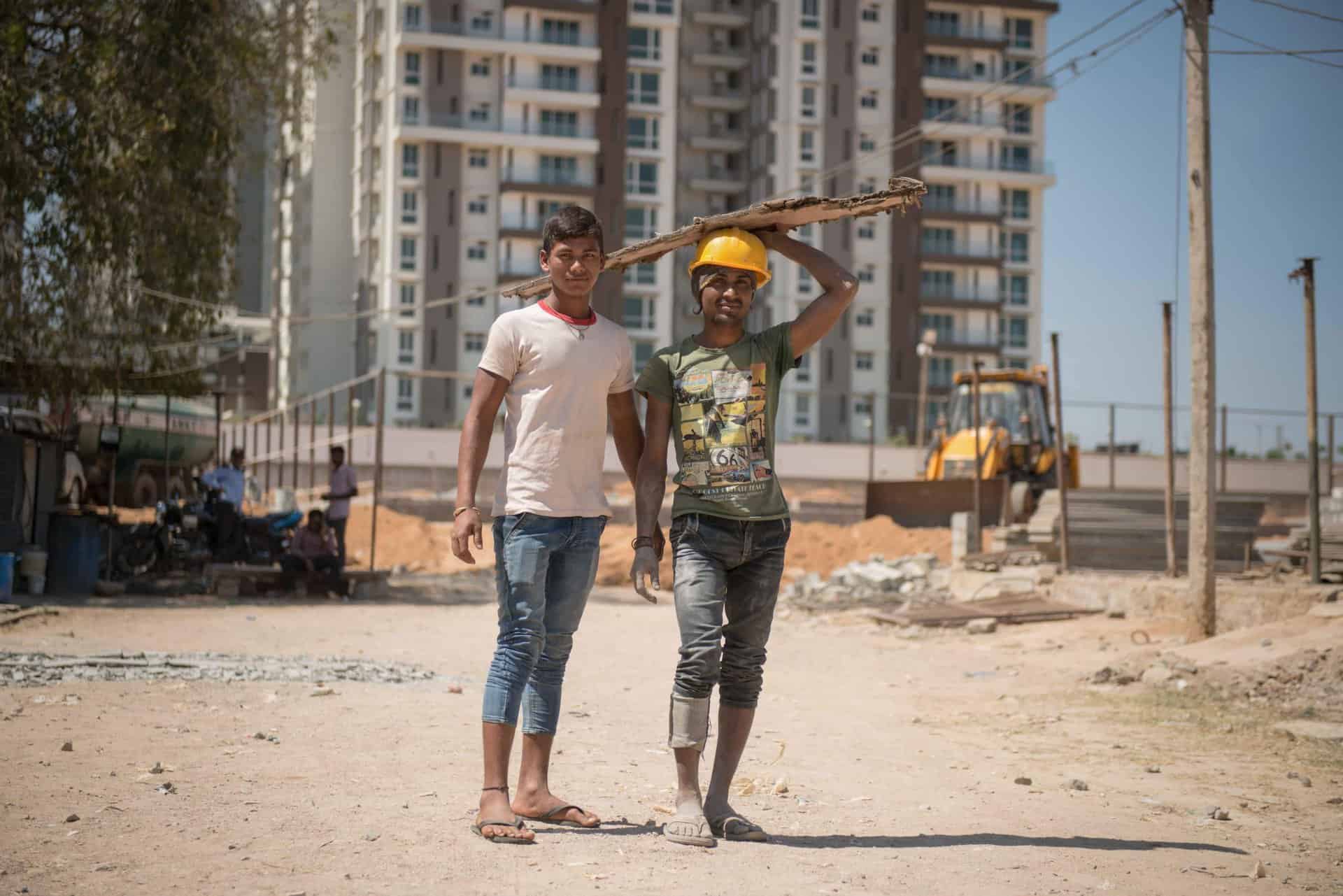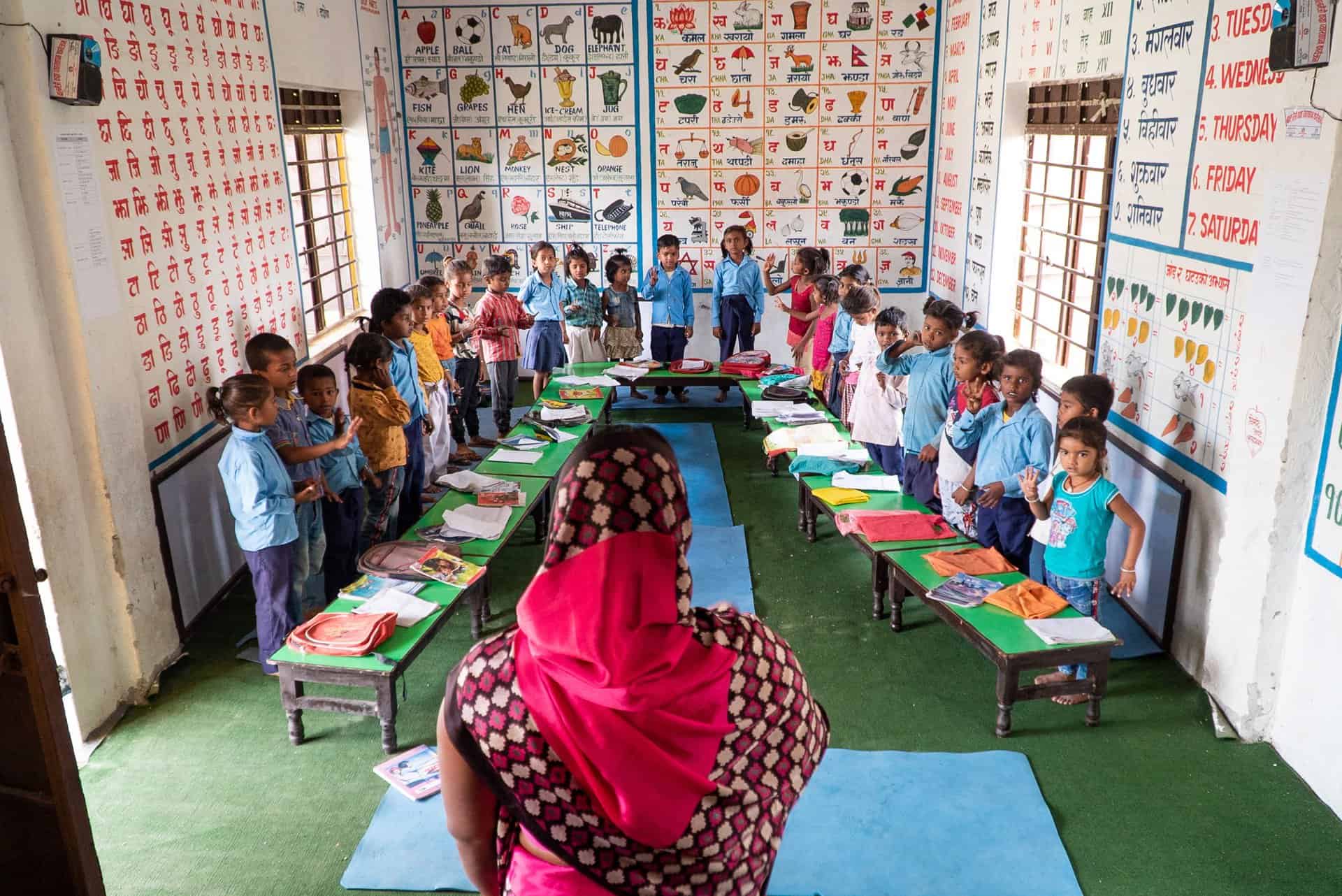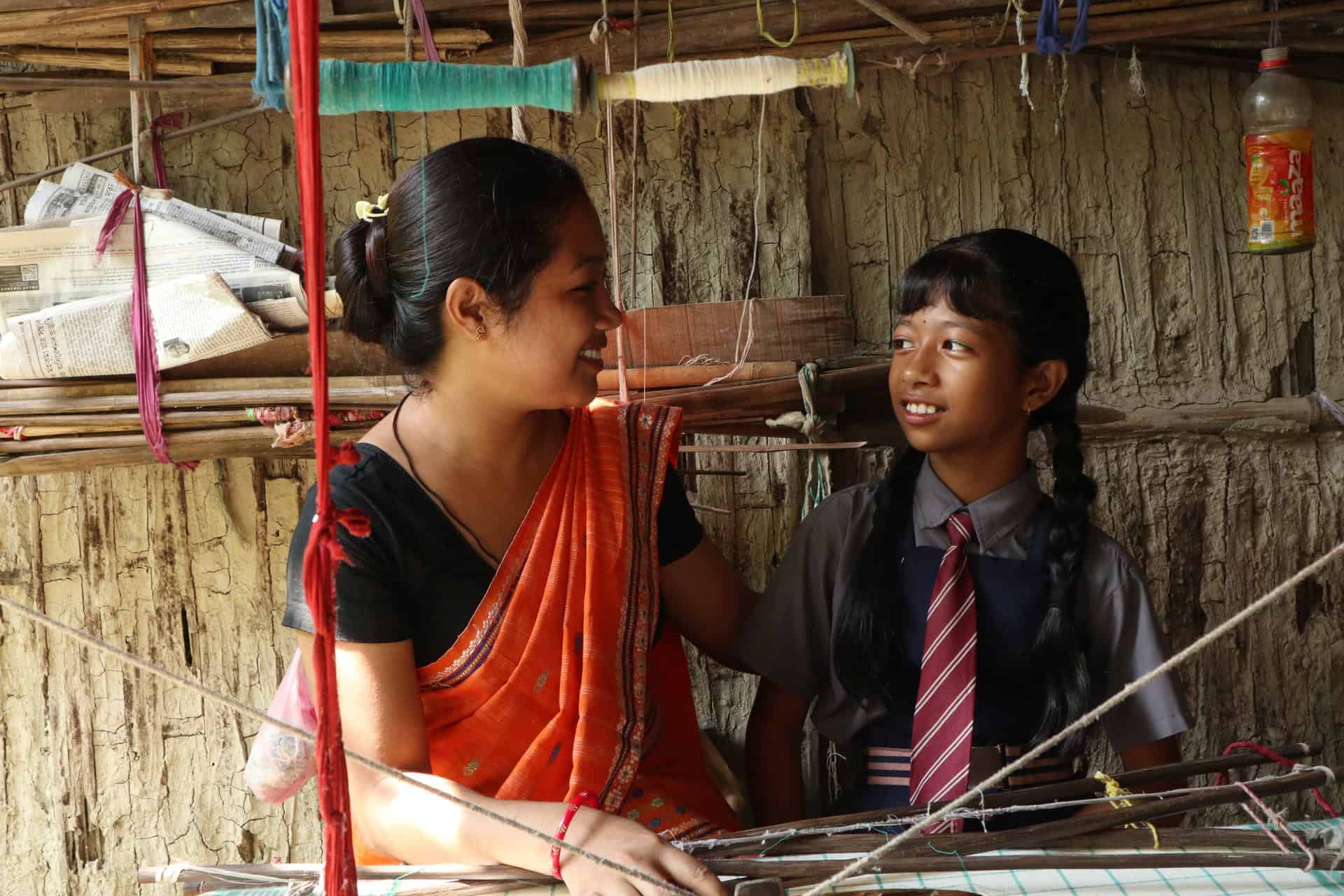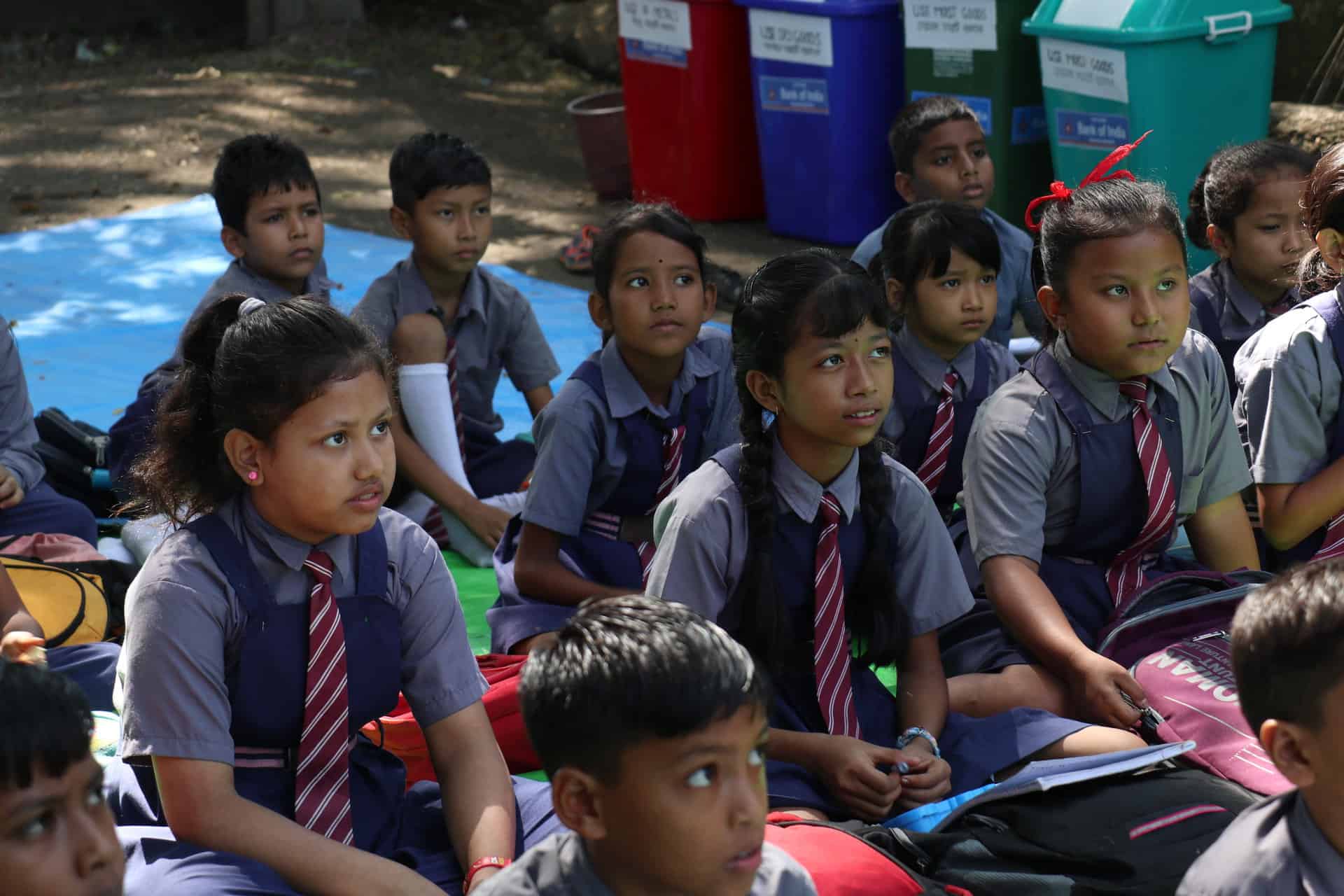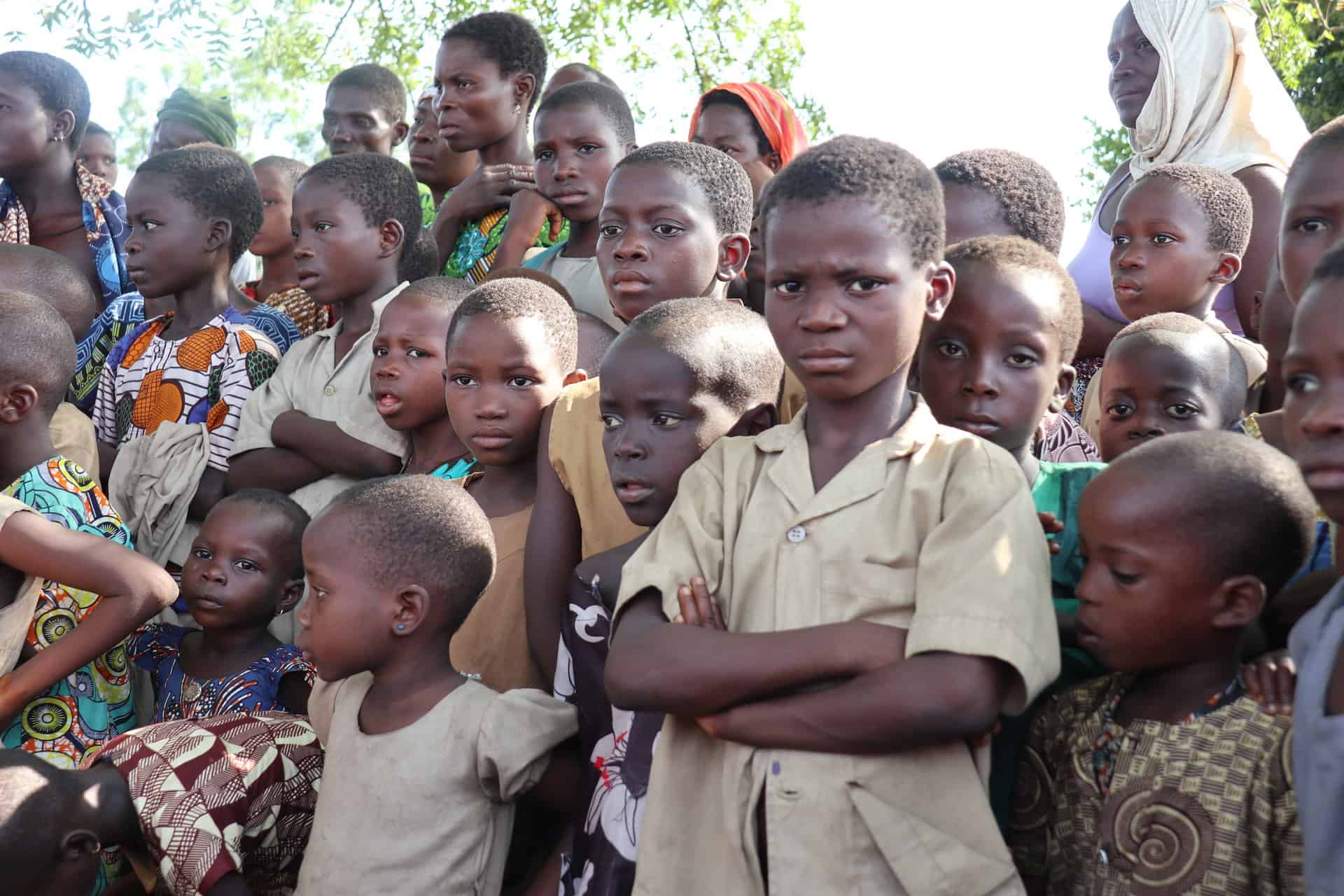Action Education in South Asia

The context of intervention
In 2021, South Asia experienced a new and particularly deadly outbreak of COVID-19.
The acute lack of oxygen and other vital medical supplies has greatly weakened health systems. According to UNICEF, in May, the region accounted for 50% of known new infections worldwide.
India alone had the highest number of daily deaths (4,529 per day) ever recorded in the history of the COVID-19 pandemic.
In Nepal, according to the Epidemiology and Disease Control Division (EDCD)the country experienced a positive case rate of 47%, while Sri Lanka also recorded new records for COVID-19-related deaths.
In this 2nd wave, many children have lost their parents and/or carers.
The essential health services on which they depend have been severely compromised.
Schools were closed for most of the year, affecting millions of learners from pre-primary to secondary school.
The shift from face-to-face to distance learning has led to wide inequalities within the education system (teacher capacity, learning outcomes, digital infrastructure and access to technology).
Skills development programmes continued to offer online training, further widening the digital divide. Although internet accessibility has improved significantly, the majority of young people still did not have access to smartphones, which had an impact on the quality of training programmes.
Professional placements: in the short term, the success of all vocational training programmes has also been affected by the pandemic. Due to the health constraints associated with COVID-19, industries such as retail, hospitality and tourism were severely affected; This has led to staff cuts and a low number of new hires.
For vulnerable and marginalised populations - particularly girls, women, ethnic minorities and girls and women with disabilities - the crisis has exacerbated pre-existing inequalities and has had serious consequences.
Thousands of girls and women have lost their livelihoods and their basic needs (food, health care etc.) have been lost.
As is often the case in a crisis context, gender-based violence exploded during the pandemic. For example, in Nepal, police statistics, the National Women's Commission, and gender assessments revealed an increase in domestic violence (rape, domestic violence and other forms of violence).
After their traumatic exodus in 2020, during the first wave of COVID-19, many migrant workers had preferred to stay with their families and take up local jobs.
But the lack of work opportunities and sustainable livelihoods in their villages or in neighbouring areas has once again forced them to return to the cities in 2021.
According to a study conducted by Action Education in 9 districts of Odisha state, less than 10% of returnees had reported their children to Integrated Child Development Services and 4,76% in the mid-day meal scheme. In addition, only 22% received financial support from the government.
Our work
in South Asia
In 2021, Action Education was present in 4 South Asian countries with 36 projects.
374 employees and €2.4M1 dedicated to the projects.
866,034 people including 327,453 children and young people (51% girls) and 2,894 teachers have been directly affected by our activities.
Our areas of intervention
In 2021, the main areas of intervention for Action Education in South Asia were :
- Access and quality of education
- Health education
- Education for life (training and employment)
- Education for sustainable development, peace and global citizenship
- Early childhood education
- Education in emergencies and post-emergencies
- Education in migration situations
- Response to COVID-19
She testifies
As the COVID-19 confinements further widened the gap in access to digital education, Action Education initiated e-learning applications for children whose parents had smartphones and, in parallel, introduced strategies to reach the unequipped and unreached. One such innovation was the establishment of learning hubs in rural villages through the Sahakat gram.
"When the confinement started, I didn't know how long the children would be deprived of education. I was worried that they would be at home for a long time without doing anything, as they might forget what they had been taught. Then Action Education organised a meeting and informed us about the creation of learning hubs. At the same time, education zones were set up in our houses, dedicated to children's learning. Action Education also distributed teaching and learning materials and taught us how to teach our children. I am very happy that despite the closure of the schools, the children's continuous learning is ensured.
Kamla Devi, Mothers' Committee member, Chirakhan, Indore, Madhya Pradesh.
